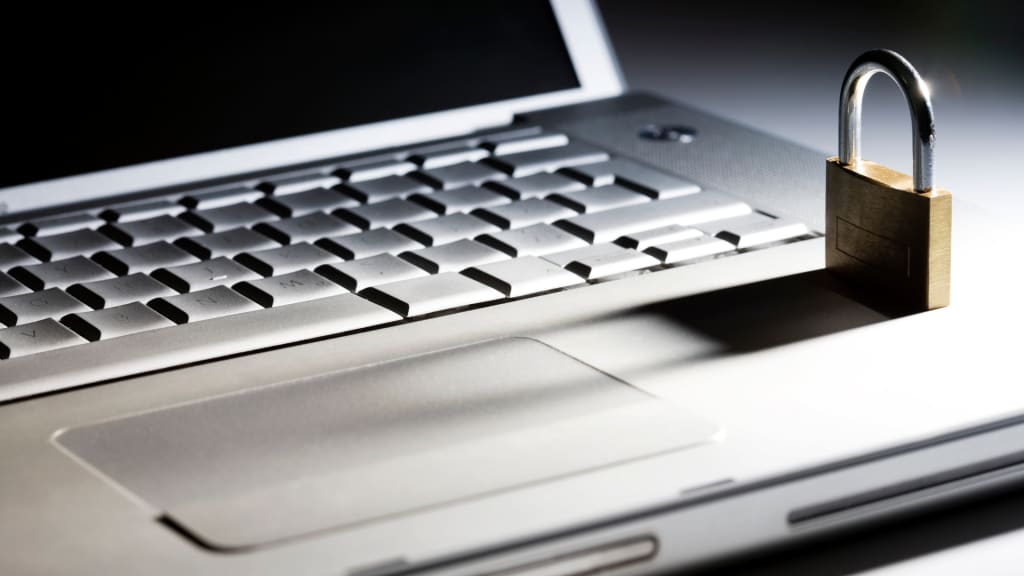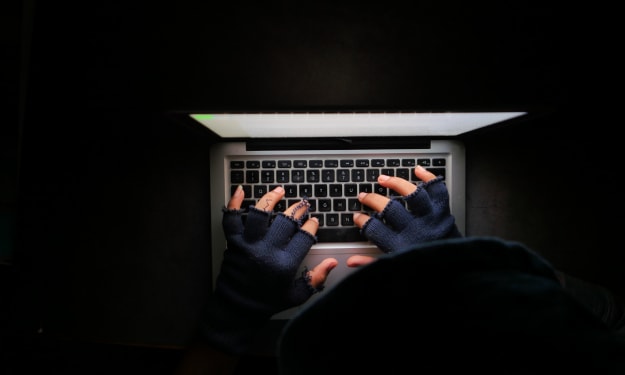How to create a secure online account?
A step-by-step guide to creating a secure online account, including tips on choosing a strong username and password, enabling two-factor authentication, and using encryption and firewalls to protect your personal information from unauthorized access

Creating a secure online account is essential in today's digital age, where identity theft and data breaches are becoming increasingly common. It's important to take steps to protect your personal information and ensure that your online accounts are secure. In this article, we'll guide you through the steps to create a secure online account.
Choose a Strong Username
The first step in creating a secure online account is to choose a strong username. Avoid using personal information such as your name or date of birth, and instead use a combination of letters, numbers, and symbols.
Use a Strong Password
A strong password is essential to securing your online account. Use a combination of upper and lower case letters, numbers, and symbols, and avoid using common words or phrases. It's also important to use a different password for each account, to prevent a hacker from gaining access to multiple accounts if they manage to crack one password.
Use Two-Factor Authentication
Two-factor authentication, or 2FA, adds an extra layer of security to your online account by requiring a code in addition to your password to access your account. This code is typically sent to your phone or email, and can prevent unauthorized access even if your password is compromised.
Provide Minimal Personal Information
When creating an online account, provide only the necessary personal information required to set up the account. Avoid providing sensitive information such as your social security number or credit card details unless absolutely necessary.
Use a Secure Connection
When creating an online account, ensure that you are using a secure connection such as HTTPS. This encrypts your data and prevents unauthorized access during transmission.
Keep Your Account Up-to-Date
Keep your account up-to-date by regularly updating your password, and enabling two-factor authentication if available. It's also important to review your account settings and privacy settings periodically to ensure that your personal information is secure.
Be Cautious of Phishing Scams
Phishing scams are a common way that hackers attempt to steal your login information. Be cautious of emails or messages that ask for your login information, and always check the URL of the website you are logging in to.
Use a Strong Security Question
When setting up an online account, you may be asked to provide a security question in case you forget your password. Choose a strong security question that cannot be easily guessed, and avoid using personal information such as your date of birth or address.
Don't Share Your Login Information
Never share your login information with anyone, including friends or family members. This can compromise the security of your online account, and may result in unauthorized access to your personal information.
Use a Unique Email Address
Use a unique email address for each online account, rather than using the same email address for multiple accounts. This can help prevent unauthorized access if one account is compromised.
Use a Password Manager
Using a password manager is an effective way to generate and store strong, unique passwords for each of your online accounts. This can help prevent a hacker from gaining access to multiple accounts if they manage to crack one password.
Monitor Your Accounts
Regularly monitor your online accounts for any suspicious activity or unauthorized access. This can help you detect and respond to potential security breaches in a timely manner.
Enable Notifications
Enable notifications for your online accounts so that you are notified of any unusual activity or changes to your account. This can help you respond to potential security breaches more quickly.
Use Encryption
When storing sensitive information such as credit card details or personal information, use encryption to protect your data. This can prevent unauthorized access even if your account is compromised.
Use a Firewall
Using a firewall can help prevent unauthorized access to your computer or network, and can prevent malware from accessing your personal information.
By following these steps, you can create a secure online account and protect your personal information from unauthorized access. It's important to remain vigilant and take steps to protect your online accounts and personal information, as the threat of identity theft and data breaches continues to grow in the digital age.
About the Creator
Gokhan Polard
As an experienced ERC Referral Specialist, my primary dedication lies in assisting businesses in the journey towards financial success. https://ercsolutionshub.com/
Enjoyed the story? Support the Creator.
Subscribe for free to receive all their stories in your feed. You could also pledge your support or give them a one-off tip, letting them know you appreciate their work.






Comments
There are no comments for this story
Be the first to respond and start the conversation.